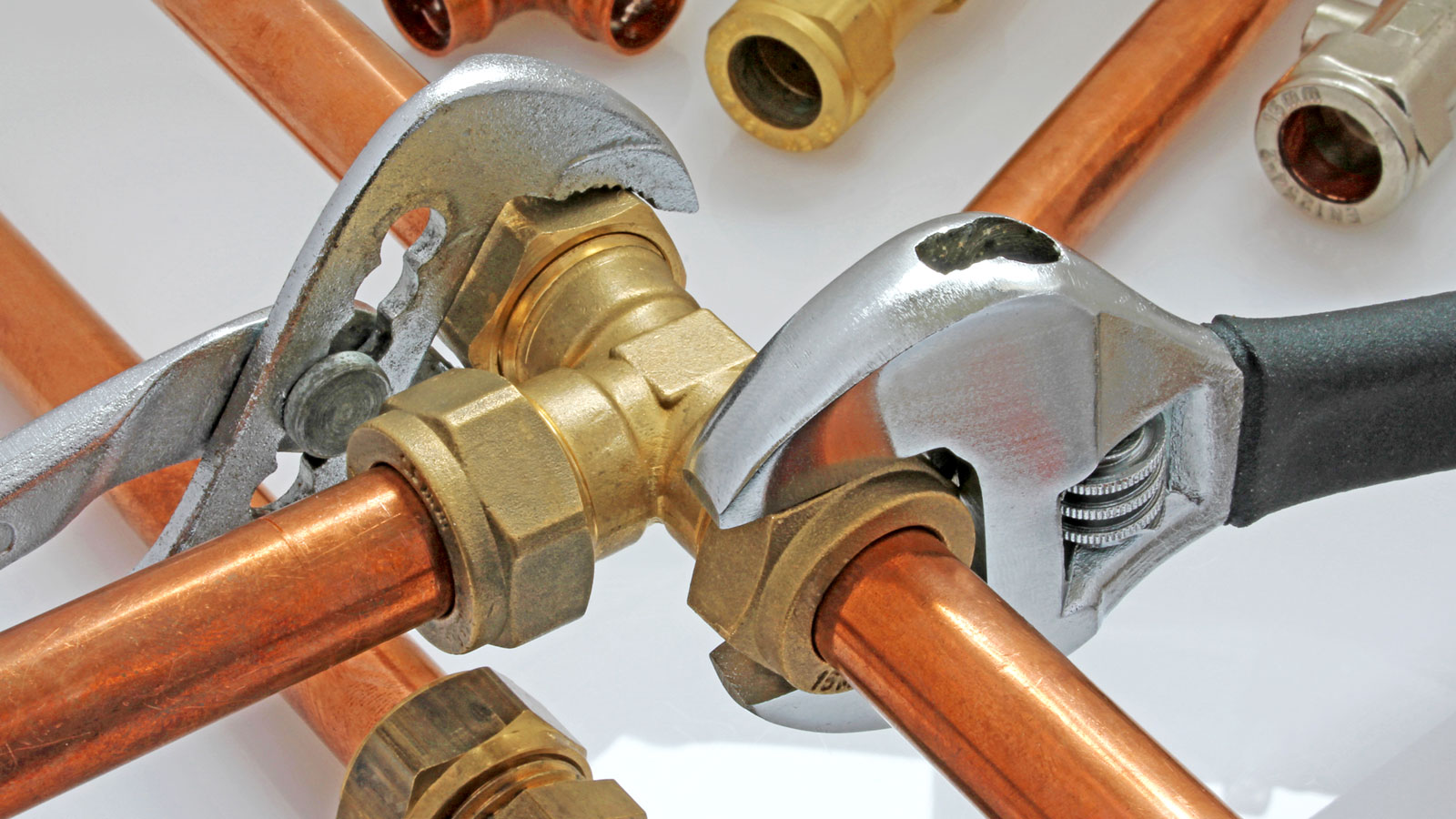Wondering how much it will cost to move a radiator? Find out before you start planning your next home improvement project
Knowing the cost to move a radiator helps you determine how much you’ll need to budget when the time comes
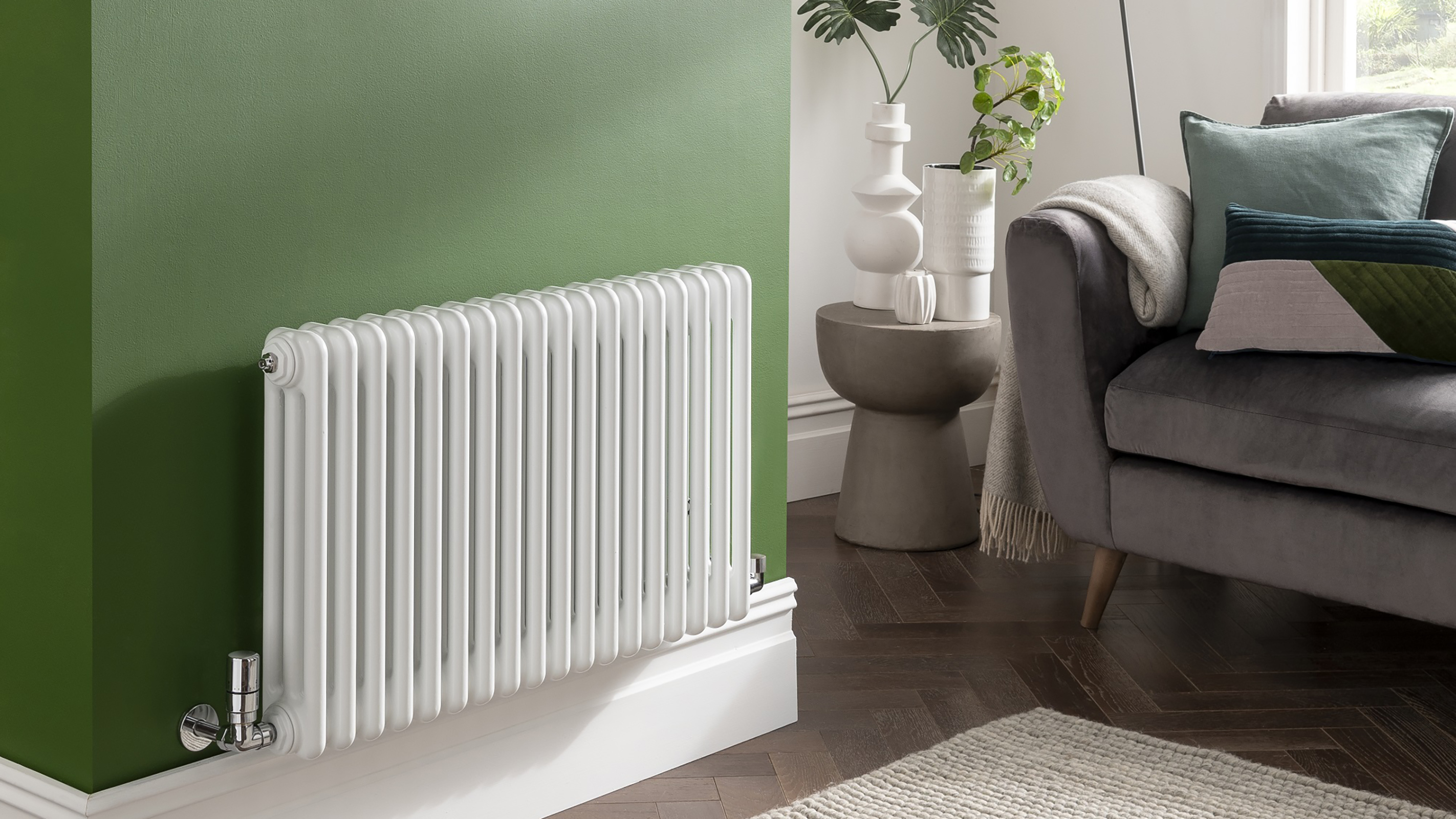
Thinking about moving a radiator? It's a common option when planning a home update. Whether you're decorating, knocking down a wall, or remodelling a space, there’s a good chance you’ll need to reposition a radiator – perhaps to a new spot on the same wall or even to a completely different room.
It’s the perfect opportunity to upgrade to one of the best radiators on the market and make a design statement. However, you’ll need a professional’s assistance to make it happen. Here, we explore various scenarios for moving radiators and what you can expect to pay for each.
Factors that affect moving a radiator costs
The cost to move a radiator will vary depending several factors, including:
- The type of radiator you are moving
- The new position
- Existing pipework
- The radiator size
- The nature and complexity of the job, including the construction of the walls and floors
"It may seem like a simple task, but moving a radiator can have some hidden complications," explains heating expert and regular Homebuilding and Renovating speaker David Hilton.
"The first thing that is required is to ‘map’ the existing pipework to be sure that it can be easily rerouted to the new position, and also a health check to be sure there is no corrosion or bacterial growth due to a lack of servicing and chemical inhibitors.
He adds, "Radiators are usually plumbed in parallel and as such the plumbing must maintain this configuration. A simple move could cost around £80 to £200 for materials, but if there is a lot of wall chasing and rerouting of pipework, plus a potential power flush to clean the whole system, and then a rebalance, then the cost could easily reach the thousands."
"Get a few quotes and plan the work for summer when the engineers are less busy, and you also do not need the central heating," concludes David.
Bring your dream home to life with expert advice, how to guides and design inspiration. Sign up for our newsletter and get two free tickets to a Homebuilding & Renovating Show near you.

David has a Masters degree in Sustainable Architecture, is a Gas Safe, renewables and ventilation installer, and has over 35 years experience in the industry.
Cost to move a radiator to another wall
If you’re remodelling the layout of your home and knocking down internal walls to create a more open plan layout, there’s a good chance that you’ll need to move a radiator to another wall.
Thomas Halpin, heating engineer at PriceYourJob, points out that the prices can vary, “The total cost of the job will depend on what you are trying to achieve.” But as a general guideline, he says, “You can usually expect to pay around £40 - £60 for the materials needed and then a further £80 – £120 for the labour costs of moving the radiator.”
However, prices can easily rise depending on hardware and complexity, continues Halpin, “If your radiator is particularly large or if the position you’re moving it to is quite difficult, then you may find that the cost of labour increases as the job will take a lot longer than a smaller or simpler job.”
For example, if pipework doesn’t exist where you want to move a radiator, new pipework will need to be added. “On average, moving a radiator will usually take around 2 – 5 hours to complete,” shares Halpin.
“However, if the job is more complex or requires any extra work, then you should expect the time to take a little longer. Regardless, the majority of radiator moving jobs can be completed within a day.”

Thomas Halpin has worked as a heating engineer and boiler installer for over 20 years. Thomas also provides expert advice on heating systems on behalf of PriceYourJob.
Try these radiators when you upgrade
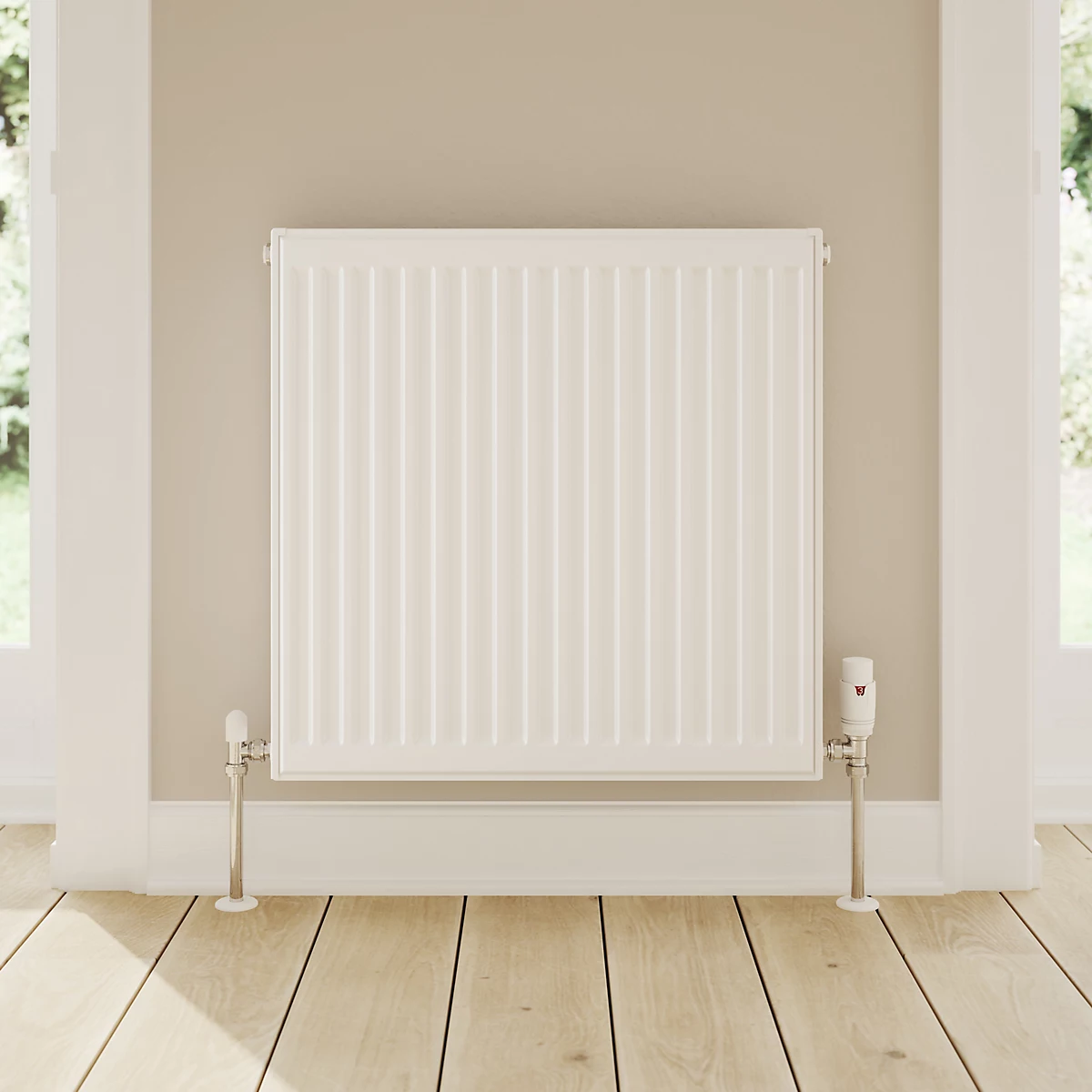
A basic white single-panel radiator that is commonly found in many UK homes. Available in sizes ranging from 600mm x 400mm to 600mm x 1800mm, these panels make them a cost-effective solution for all rooms.
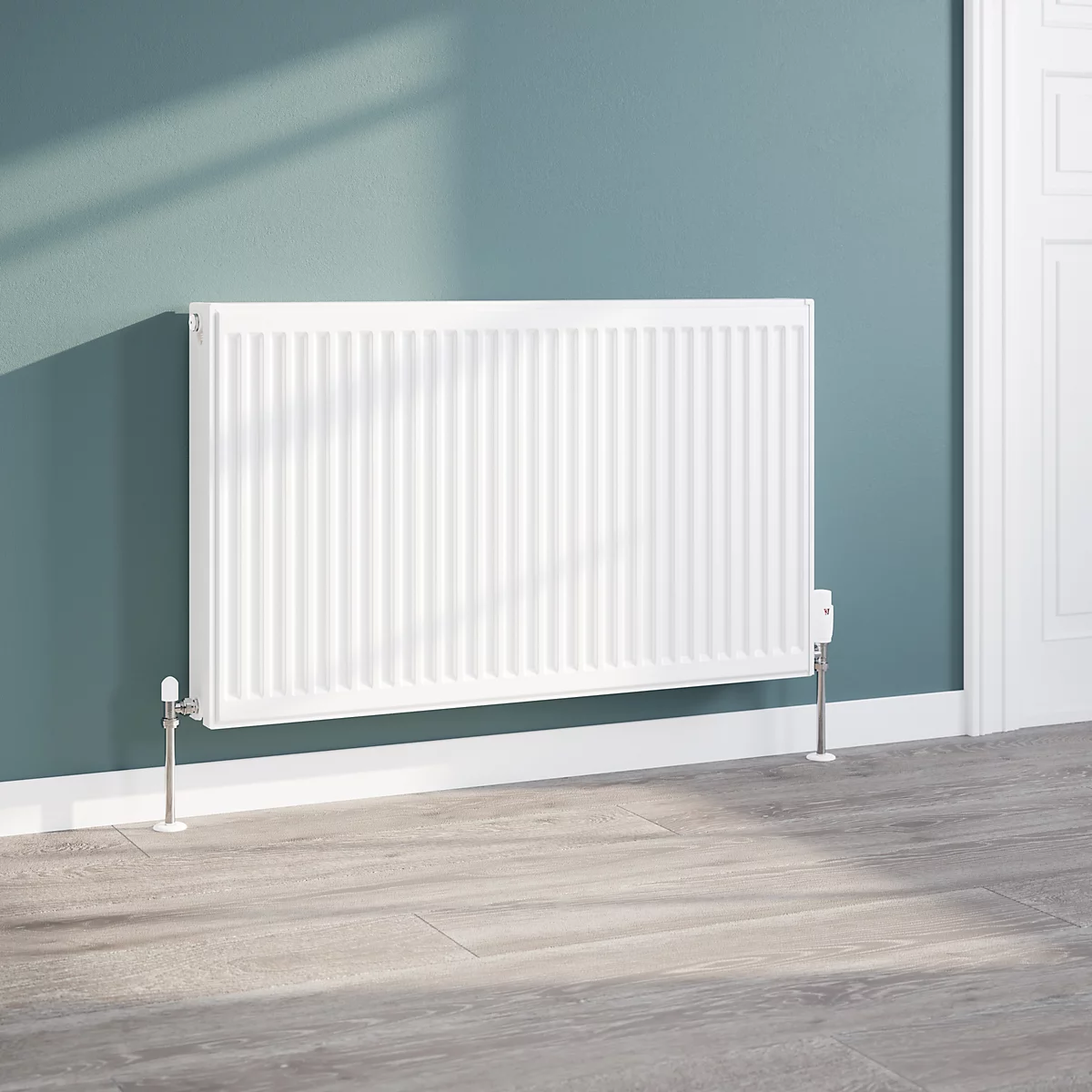
Slim double-panel white radiator which offers greater heat output than a single-panel radiator. This makes it ideal for larger areas, including bedrooms, hallways, living rooms, and kitchens.
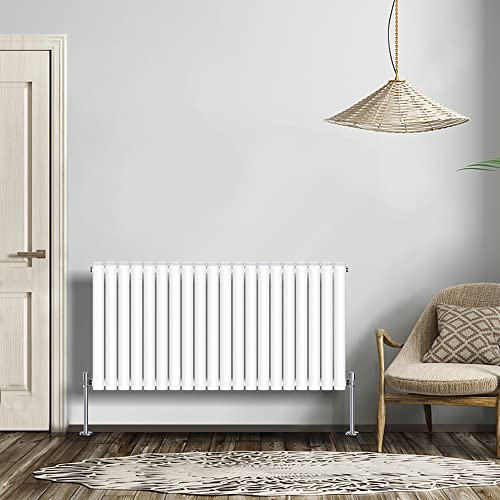
Stylish double oval panel radiator that is available in anthracite grey, black and white. Has a BTU rating of nearly 6000, making it a good choice for large contemporary living spaces.
Cost to add a radiator
If you decide to buy a new radiator, as opposed to simply moving an existing radiator from one spot to another, you will also need to factor in the cost of buying this new model.
A small single-panel radiator can cost as little as £30, with prices rising to around between £80 and £150 for larger radiators with higher heat outputs. Designer radiators and cast iron models will cost considerably more, with prices easily surpassing £200.
Aside from the cost of the radiator itself, you will also have to pay for the labour of fitting the radiator. Halpin shares, “The average cost to remove and replace a radiator is around £150 – £300. However, if there is extra plumbing involved, you may have to pay more for the additional materials and the extra time it will take.”
If adding a radiator in an area that needs new pipework, the price will start at around £400, but this will vary depending on material costs and complexity. Halpin shares how long the job should take: “An additional radiator installation with extra pipework needed could take around 0.5 - 1 day.”
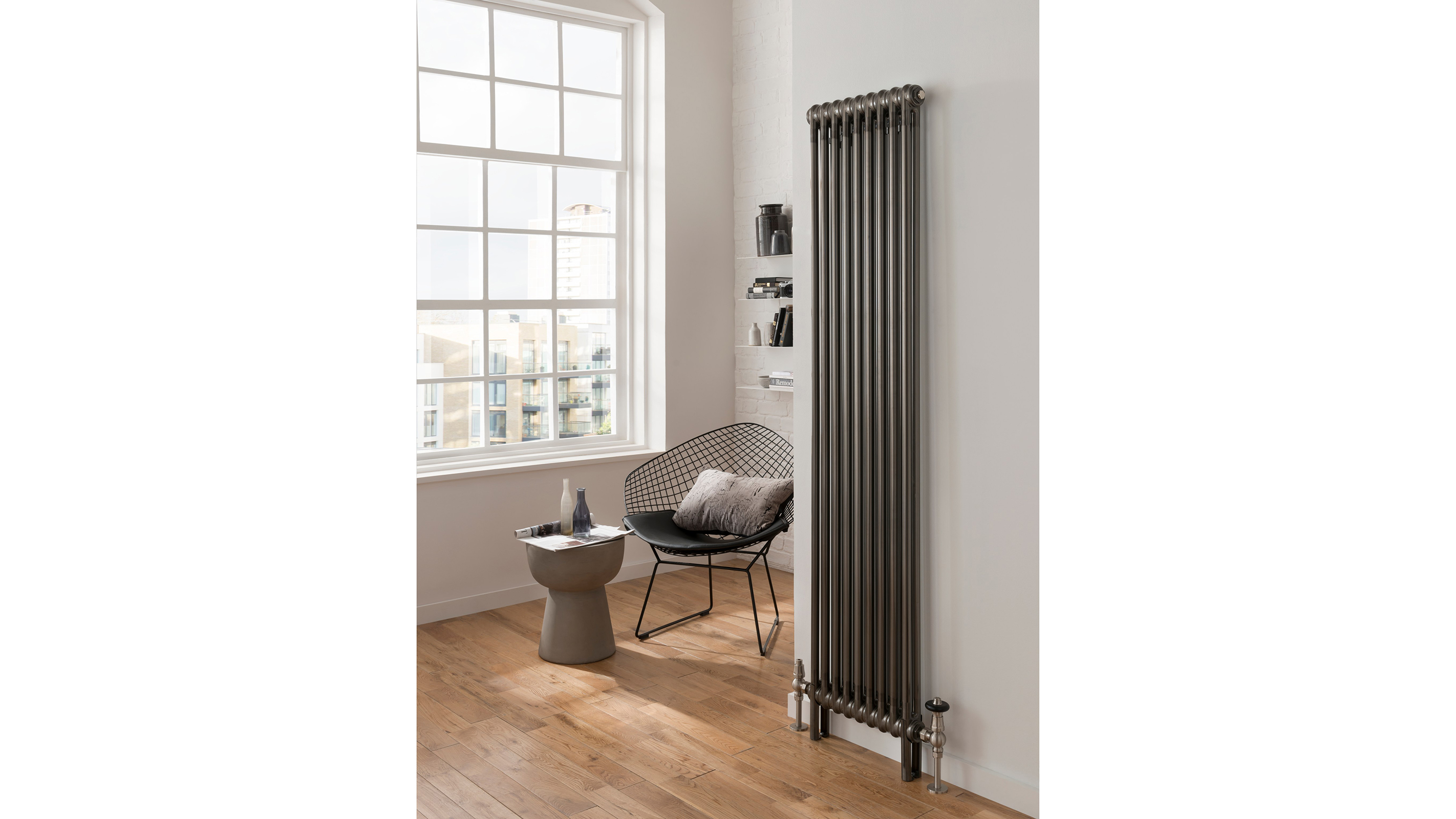
Cost to move an electric radiator
Moving an electric radiator is usually a far simpler job than moving a central heating radiator.
Most electric radiators are just plugged into a power socket, meaning that they can be taken off the wall and fixed to the new wall before being plugged into another socket.
However, things get a little more complicated if the radiator is hardwired into the wall – in this case, you should call in a qualified electrician, who is likely to charge you around £40 per hour to carry out this job.
Cost to remove a radiator
To simply remove a radiator, a plumber will typically close the valves at both ends, drain the water from the radiator (rather than the entire system) and then remove it from the wall and cap off the pipework.
The job is relatively easy and shouldn’t take long, as Halpin shares, “Removing a radiator will take around 1 – 2 hours to complete, depending on the size of the radiator and the complexity of the job.”
He adds, “The cost to remove a radiator will usually fall between £80 - £120; however, this can vary depending on the size of the radiator and if any issues arise when completing the removal.”
To save money, many people who are confident in their DIY skills choose to do this job themselves.
Cost to drop a radiator
You may have heard the term 'dropping' a radiator. All this refers to is temporarily moving a radiator off the wall before putting it back in the same position – something that is commonly done when painting behind a radiator.
There is usually no need to call in the professionals for this job, although, depending on the weight of the radiator, you might need someone to help you lower it to the floor.
You will first need to isolate the radiator in question from the rest of the central heating system before draining the water from it. (Ensure you protect floor finishes below, such as carpet and wood flooring, whilst completing this task.) Once you are sure all the water is out, you can lift the radiator off its brackets and place it out of the way while you paint.
Once the paint is dry, the radiator can be reattached to its brackets and reconnected to the valves and pipework before refilling the system.
A plumber is likely to charge you around £100 – £125 for the job of dropping and replacing a radiator.
Extra costs to consider when moving a radiator
Labour and material costs aside, there are several other factors that can come in to play when calculating how much to move a radiator.
- You may need to fill holes and make good any damage to the wall the radiator is being moved from
- If the wall you are moving the radiator to is an existing stud wall, extra timber battens may be required as reinforcement before attaching the radiator. Again this wall will need to be 'made good' following this task
- Holes in the floor where the radiator was located previously will need to be filled
- Don't forget to factor in the cost of a new radiator if you plan on buying a one rather than reusing the old one
- In order to finish the job off nicely, consider covering radiator pipes and factor this into your overall costs.
Before moving a radiator check where heat loss in a house happens to choose efficient placement. To enhance new radiators you can add a little style and panache with some smart radiator shelf ideas and radiator cover ideas.
Natasha was Homebuilding & Renovating’s Associate Content Editor and was a member of the Homebuilding team for over two decades. In her role on Homebuilding & Renovating she imparted her knowledge on a wide range of renovation topics, from window condensation to renovating bathrooms, to removing walls and adding an extension. She continues to write for Homebuilding on these topics, and more. An experienced journalist and renovation expert, she also writes for a number of other homes titles, including Homes & Gardens and Ideal Homes. Over the years Natasha has renovated and carried out a side extension to a Victorian terrace. She is currently living in the rural Edwardian cottage she renovated and extended on a largely DIY basis, living on site for the duration of the project.

